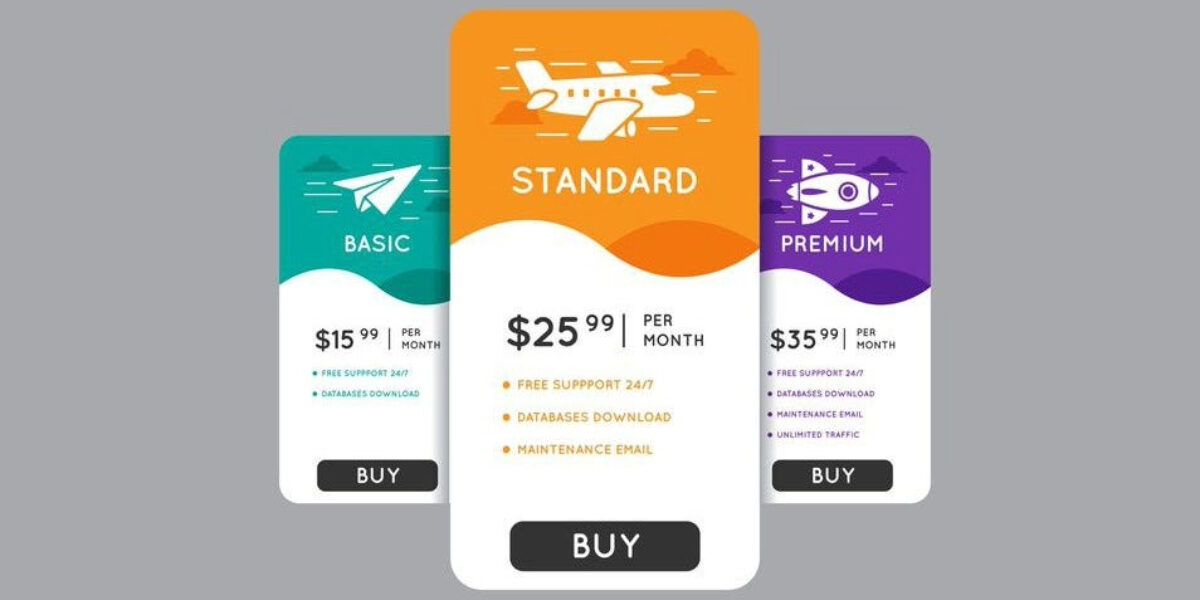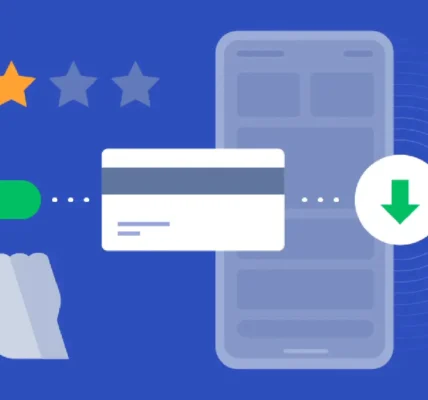Finding the right subscription pricing model for your indie app is crucial, yet challenging. Get it wrong, and you risk poor revenue, low user engagement, and high churn. But get it right, and you can enjoy predictable income, loyal users, and scalable growth. The difficulty lies in choosing a model that fits your app’s unique value, audience, and long-term goals without overcomplicating things.
In this guide, we’ll help you navigate the various subscription pricing models, understand the nuances of each, and explore strategies to test and adjust your pricing for maximum profitability and user retention.
Understanding Subscription Models
Subscription pricing is a model where users pay a recurring fee—monthly, quarterly, or annually—in exchange for continued access to your app’s features. It’s become a go-to strategy for many indie apps because of the steady revenue it offers.
Why Subscription Models Work for Indie Apps
Subscription models provide indie app developers with a predictable, recurring revenue stream that helps stabilize cash flow. Unlike one-time purchases, subscriptions provide ongoing income and, when structured properly, can lead to better user retention.
For indie apps, the subscription model is a win because it allows for:
- Predictable income: Easier budgeting and planning.
- Customer loyalty: Subscribers are more likely to stay engaged with your app over time.
- Scalability: Subscription revenue can grow as your user base expands without significantly increasing costs.
Types of Subscription Pricing Models
There are several subscription models, each with its strengths and drawbacks. Here’s a breakdown of the most popular ones:
Freemium
The freemium model offers a free version of your app with basic features while charging for access to premium features. It’s a great way to build a large user base quickly, as users don’t need to commit upfront.
- Pros: Easy user acquisition, potential for massive user base.
- Cons: It can be difficult to convert free users to paying customers, and premium features must offer significant value to justify the cost.
Tiered Pricing
With tiered pricing, you offer multiple subscription plans that vary based on features, usage, or access. Each tier should deliver a clear value increase to justify the price difference.
- Pros: Flexible for users with different needs or budgets, maximizes revenue by capturing a broad audience.
- Cons: Managing multiple plans can become complex, and it may confuse users if not structured clearly.
Pay-as-You-Go
In this model, users are charged based on how much they use the app. It’s ideal for apps with variable usage, like cloud services or apps with transaction-based features.
- Pros: Fair pricing model that’s ideal for apps with unpredictable usage patterns.
- Cons: The revenue is less predictable, making it harder to forecast income.
Flat-Rate Pricing
A flat-rate pricing model charges one fixed price for all features. Users know exactly what they’re paying for and can access everything the app has to offer.
- Pros: Simplicity for users, easy to manage, predictable revenue.
- Cons: May limit potential revenue growth if your app has advanced features users are willing to pay extra for.
Free Trial + Paid
This model offers users a free trial period before converting them to a paid subscription. It’s effective when your app has high-value features that users need to experience first-hand.
- Pros: Converts users who need to experience the app before committing, higher conversion potential.
- Cons: Poor conversion rates can occur if the app doesn’t fully demonstrate its value during the trial period.
Analyzing Your App’s Value Proposition
Before you choose a subscription model, you need to evaluate what your app offers users. Is it solving a major pain point, providing entertainment, or offering convenience? The more value your app provides, the more you can justify higher subscription rates.
Defining Your Value
Take a step back and ask yourself: What does your app offer that makes it unique or worth paying for? Understanding this value will guide you in selecting the right pricing strategy.
Aligning Pricing with Value
The subscription model you choose should reflect the value you provide. If your app addresses a serious problem or offers premium features, a higher price may be warranted. For simpler apps, a more affordable model might be more suitable.
Customer Segmentation
Not all users will find the same value in your app. Some users might be casual, while others might rely on your app daily. Identifying these segments can help you create tailored pricing models, like offering a basic free version for casual users while charging power users for advanced features.
Competitive Research and Market Analysis
Understanding how your competitors price their apps is essential. If you’re offering a similar product, knowing what others charge helps position your app competitively without underpricing or overpricing.
Researching Competitors
Take the time to look at apps in the same space as yours. How are they pricing their subscription plans? What features do they offer at each price point? Understanding what works for them and where they fall short can give you an advantage.
Market Trends
Pay attention to broader market trends, particularly in your app’s niche. If subscription models are common in your industry, there may be an expectation from users to pay regularly. If the model is still growing, you could gain an edge by introducing it early.
Adjusting for Your Audience
Tailor your pricing to your target audience. If you’re appealing to a price-sensitive group, you may want to adopt a freemium or tiered model. Alternatively, if your users see immense value in your app, a premium model might be appropriate.
Testing and Iterating Subscription Models
Choosing the right pricing model isn’t a one-time decision. You’ll need to test, iterate, and adapt based on feedback and performance.
A/B Testing
A/B testing is an effective way to determine which pricing strategy resonates with your audience. Test different price points, trial periods, and feature sets to see what drives the best results. This helps you avoid costly mistakes while optimizing your revenue potential.
User Feedback
Constantly gather feedback from users about your pricing. Are they dropping off after the trial period? Are they willing to pay for additional features? Regular feedback can help you refine your pricing model and improve user retention.
Adapting to Changes
Your pricing model may need to evolve as your app grows and the market shifts. What works for a small, niche user base may need adjustment as you scale. Stay flexible and adjust your pricing to match user needs and competitive pressure.
Balancing Profitability with Retention
While you need to generate revenue, it’s equally important to retain your users. Pricing affects both profitability and retention, and getting the balance right is crucial for long-term success.
How Pricing Affects Retention
Overpricing can lead to high churn, especially if users don’t feel they’re getting their money’s worth. On the flip side, underpricing may lead to short-term gains but hurt your ability to sustain the app and grow. Finding a pricing strategy that users perceive as fair while delivering value will help keep them engaged.
Creating a Sense of Value
Your pricing should communicate the value of your app. If you’re offering a premium service, justify the higher price by demonstrating the features and benefits users will get. For freemium models, ensure the premium version provides compelling upgrades that users can’t resist.
Upselling and Cross-Selling
Once users are subscribed, consider offering them additional features or upgrades. Upselling and cross-selling can help increase revenue without alienating users, as long as the added features genuinely enhance the user experience.
Conclusion
Choosing the right subscription pricing model is a complex but vital decision for indie app developers. By understanding the different pricing models, defining your app’s value, researching competitors, and continuously testing and iterating, you can find a pricing strategy that maximizes both profitability and user retention.
Start by evaluating your app’s value proposition, select a model that aligns with your goals, and refine your pricing based on user feedback and market trends. With the right strategy in place, your indie app can achieve long-term success and sustainable growth.




